Archives
- 2025-12
- 2025-11
- 2025-10
- 2025-09
- 2025-03
- 2025-02
- 2025-01
- 2024-12
- 2024-11
- 2024-10
- 2024-09
- 2024-08
- 2024-07
- 2024-06
- 2024-05
- 2024-04
- 2024-03
- 2024-02
- 2024-01
- 2023-12
- 2023-11
- 2023-10
- 2023-09
- 2023-08
- 2023-06
- 2023-05
- 2023-04
- 2023-03
- 2023-02
- 2023-01
- 2022-12
- 2022-11
- 2022-10
- 2022-09
- 2022-08
- 2022-07
- 2022-06
- 2022-05
- 2022-04
- 2022-03
- 2022-02
- 2022-01
- 2021-12
- 2021-11
- 2021-10
- 2021-09
- 2021-08
- 2021-07
- 2021-06
- 2021-05
- 2021-04
- 2021-03
- 2021-02
- 2021-01
- 2020-12
- 2020-11
- 2020-10
- 2020-09
- 2020-08
- 2020-07
- 2020-06
- 2020-05
- 2020-04
- 2020-03
- 2020-02
- 2020-01
- 2019-12
- 2019-11
- 2019-10
- 2019-09
- 2019-08
- 2019-07
- 2019-06
- 2019-05
- 2019-04
- 2018-07
-
Obesity is associated with chronic low grade inflammation re
2024-04-03
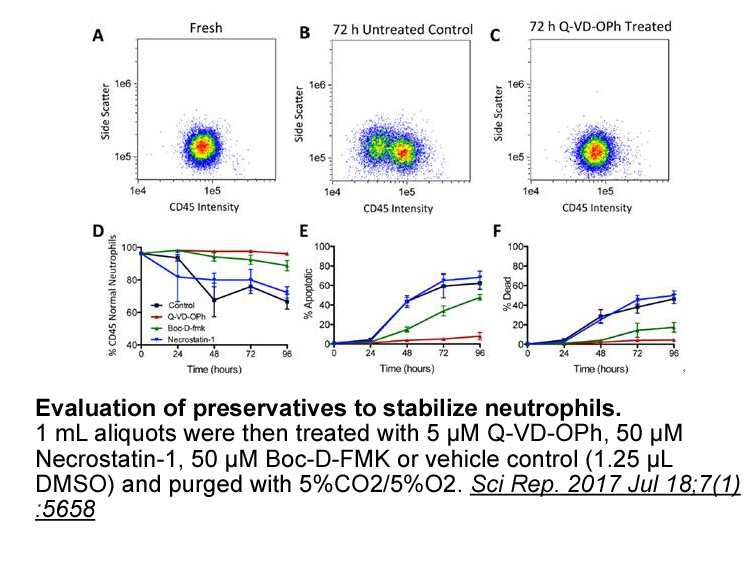
Obesity is associated with chronic low-grade Fmoc-Val-OPfp resulting from increased M1 macrophage infiltration into adipose tissue, which can subsequently lead to the development of insulin resistance. Previously, we reported that LFE and FSB both reduced body weight gain in high fat diet-induced o
-
Previous studies have indicated that maximal IL
2024-04-03
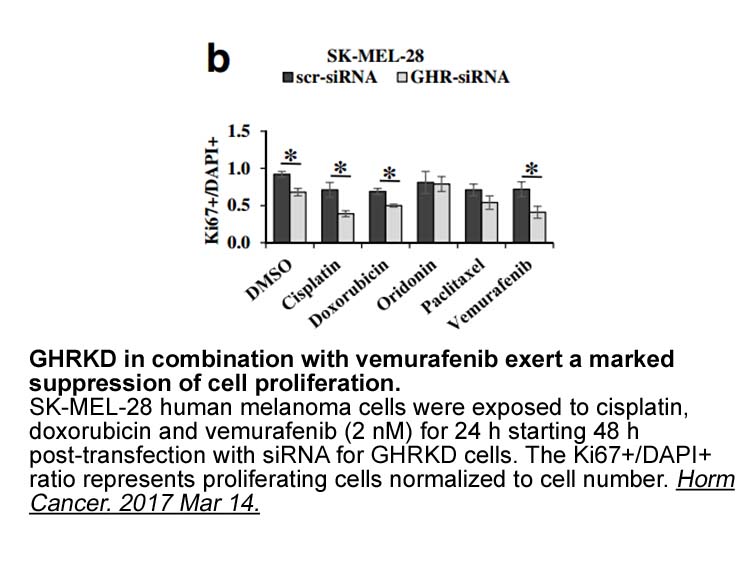
Previous studies have indicated that maximal IL-8 protein CU CPT 22 sale requires NF-κB activation as well as the activation of the MAP kinases ERK, JNK, and p38 (Li et al., 2002). In our study, NF-κB inhibitor can reduce the up-regulated IL-8 production by PRRSV infection, indicating that PRRSV-in
-
Several combination studies have been performed using animal
2024-04-03

Several combination studies have been performed using animal models of mucormycosis, principally involving R. arrhizus. In two investigations using diabetic and/or neutropenic mice, a combination of a polyene with an echinocandin was shown to improve survival compared with monotherapies [25], [34].
-
Methods We conducted a secondary
2024-04-03
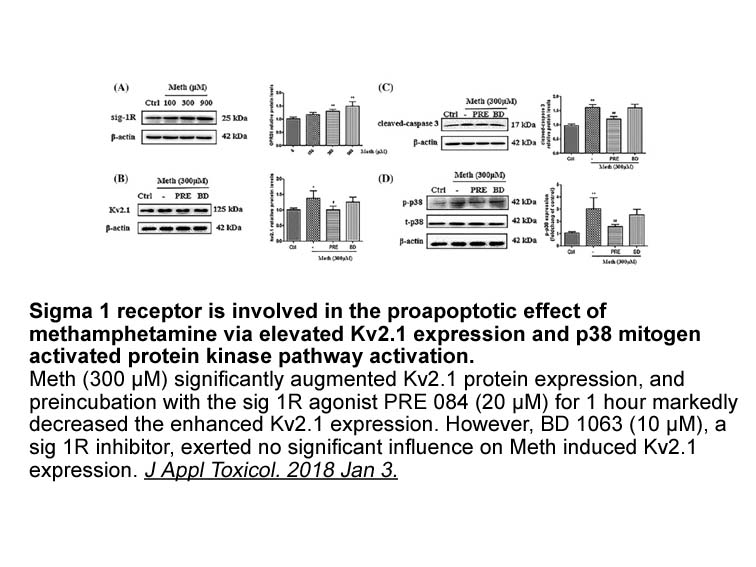
Methods We conducted a secondary analysis of an extant cohort of 580 infants hylaxis, premature rupture of membranes, chorioamnionitis, and to prolong pregnancy (latency). Maternal antibiotic exposure did not include Natural Product Library mg given after the time of delivery or antibiotic initiate
-
From a clinical utility standpoint this study showed
2024-04-03
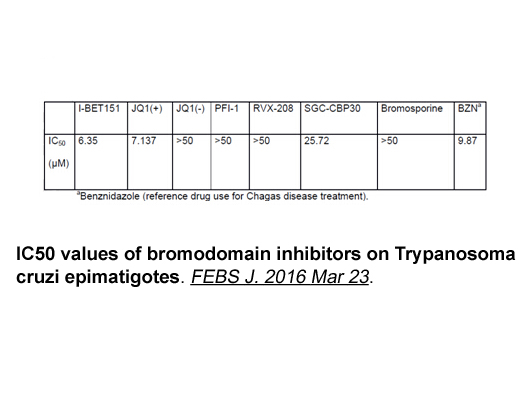
From a clinical utility standpoint, this study showed that AR can be useful in the GATA3-positive tumor of unknown origin setting. Epidemiologically, in this setting, the top 2 diagnoses in the differential diagnosis are metastatic carcinoma of breast origin or urothelial origin [18]. Seven out of 1
-
Bioinformatics tools are becoming more
2024-04-03
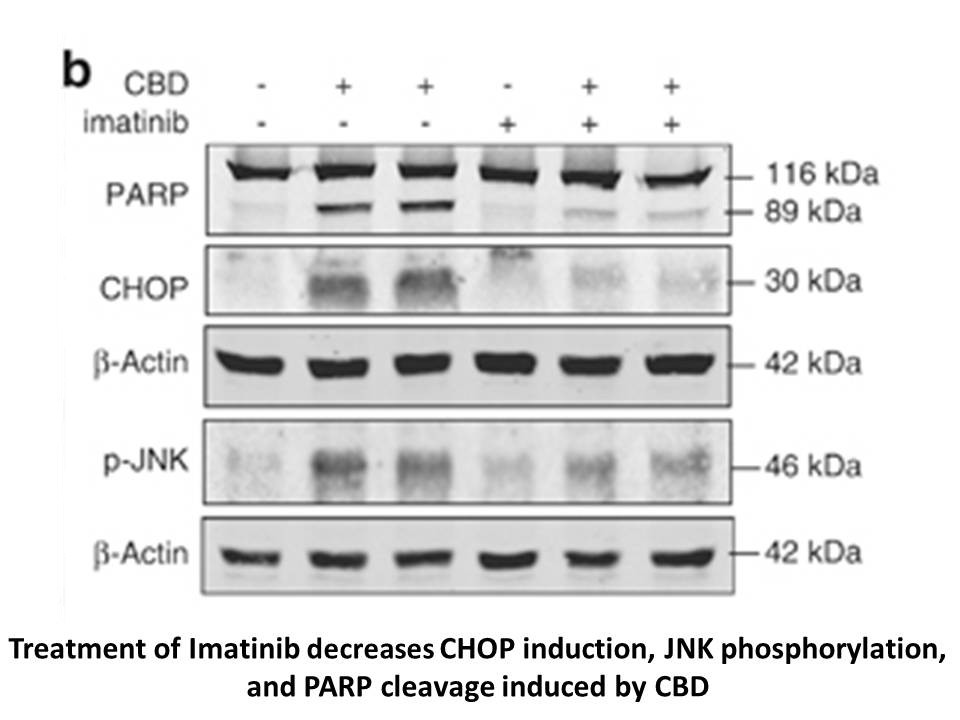
Bioinformatics tools are becoming more powerful and reliable due to the growing number and availability of experimentally determined protein structures (Arnold et al., 2006, Suplatov et al., 2015, Wiltgen and Tilz, 2009). The SWISS-MODEL and MODELLER programs are most frequently used for homology or
-
br The lipoxygenase pathway in the
2024-04-03

The 12/15-lipoxygenase pathway in the pancreatic islet and in diabetes mellitus Homeostasis of blood glucose is maintained by hormone secretion from the pancreatic islets of Langerhans. More specifically, insulin produced by the β PD 0332991 of the islet plays a major role in proper maintenance
-
Volatile esters are important to wine quality and to
2024-04-03

Volatile esters are important to wine quality and to fresh berry grape flavor, especially in fox grapes (V. labrusca) [16]. Volatile esters such as Z-3-hexyl acetate can be found in V. vinifera ‘Cabernet Sauvignon’ berries albeit at low levels and their accumulation diminishes to below detection lev
-
PS-1145 br Conclusion br Introduction Lung cancer is
2024-04-02
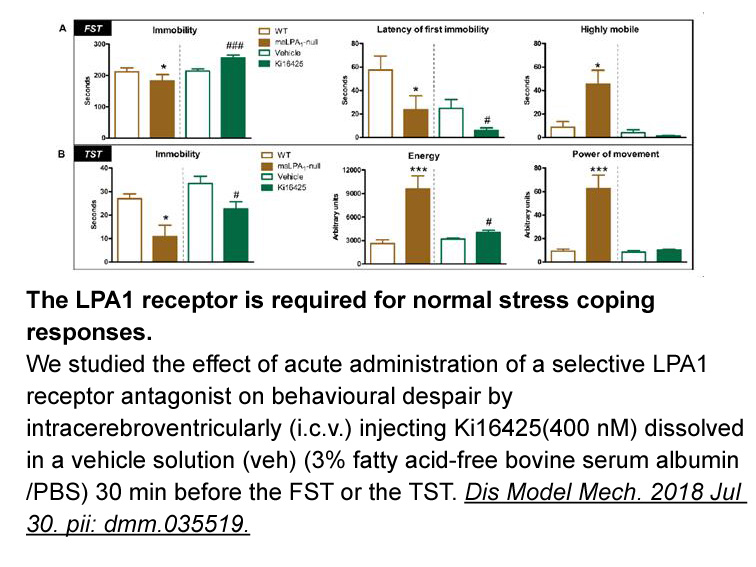
Conclusion Introduction Lung cancer is the principal cause of death by cancer and the third most common cancer worldwide (Sorber et al., 2016). Lung cancer has two main types: small cell carcinomas (approximately 20%) and non-small cell lung cancers (NSCLC) (about 80%) (Fan et al., 2016). NSC
-
Thus we presumed that ALDH A might play an
2024-04-02

Thus, we presumed that ALDH1A3 might play an important role in TMZ-chemoresistance in glioblastoma patients. As we expected, the glioblastoma cell lines and primary glioma erbb2 inhibitor were more sensitive to TMZ treatment when ALDH1A3 was inhibited or depleted. Consistently, it has been shown th
-
Blockers will reduce perioperative myocardial ischemia and s
2024-04-02
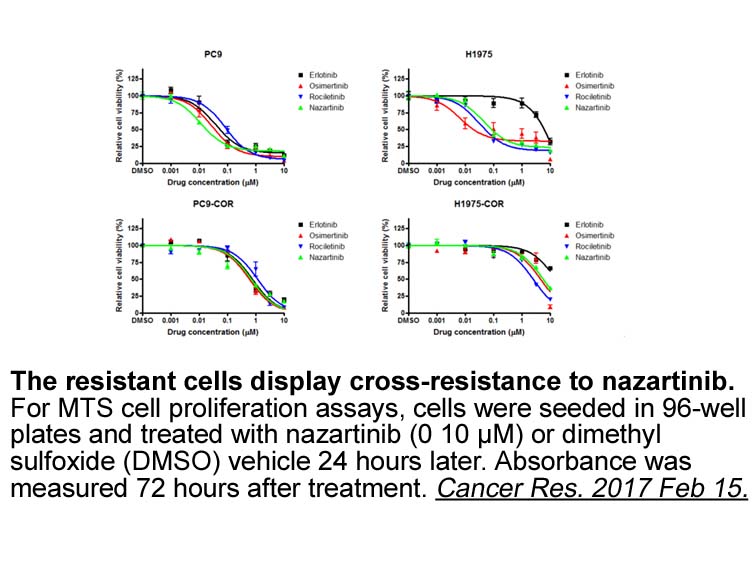
β-Blockers will reduce perioperative myocardial ischemia and studies published in the 1990s suggested that their routine administration before surgery provided protection against perioperative CV complications.31., 32., 33. Based on these early studies, several national organizations endorsed the pe
-
The literature suggests that adiponectin has
2024-04-02
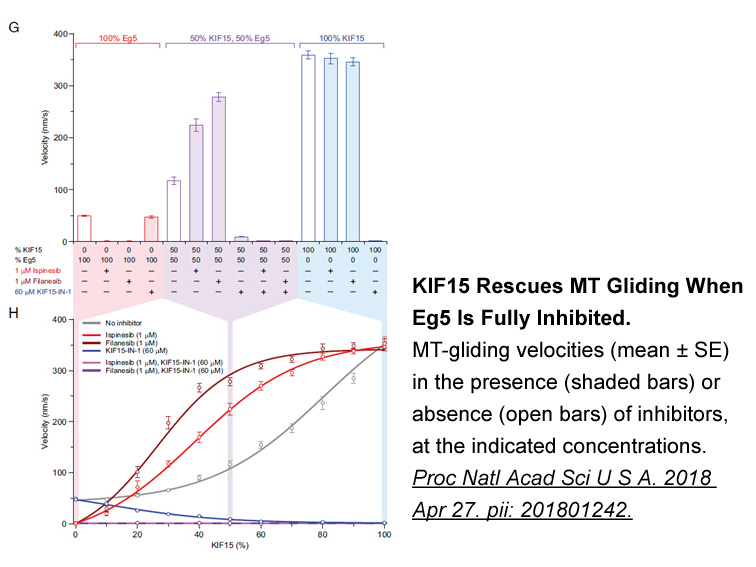
The literature suggests that adiponectin has a steroidogenic effect on ovarian function. In pigs, in vitro studies have shown that adiponectin reduced basal testosterone secretion in internal theca cells; in granulosa cells, it increased secretion of estradiol and, in combination with insulin, incre
-
Diabetes or inflammation is associated
2024-04-02

Diabetes or inflammation is associated with up-regulation of A2AAR (Pang et al., 2010). High levels of A2AARs are found in macrophages and microglial cells that are poised, on activation, to abrogate the immune response (Trincavelli et al., 2008). In addition, hyperglycemia is associated with increa
-
The hypothalamic pituitary adrenal HPA axis is
2024-04-02
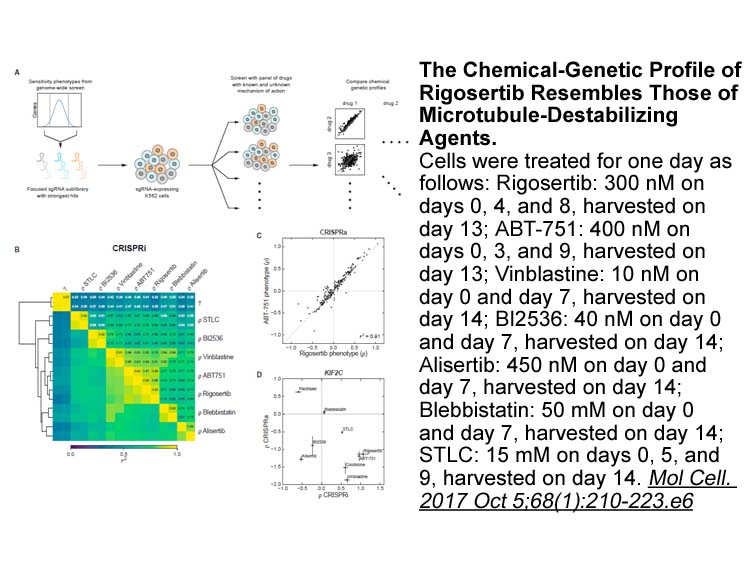
The hypothalamic-pituitary-adrenal (HPA) axis is a neuroendocrine system that is central to regulating responses to stress (Palazidou, 2012). In older persons, a high dysfunction of the HPA axis is observed (Otte et al., 2005) which may be enhanced by stimulatory effects of genes involved in the axi
-
Phospholipases cleave membrane phospholipids from
2024-04-02
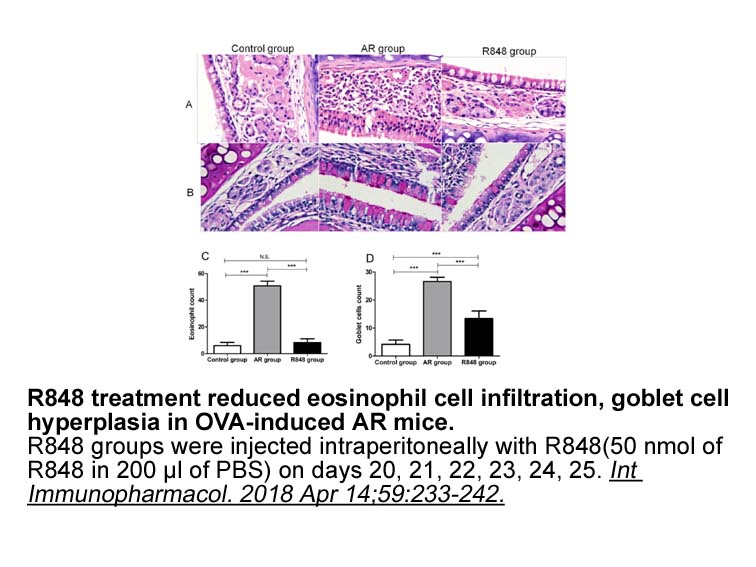
Phospholipases cleave membrane phospholipids from inflammatory cells, activated platelets, erythrocytes, adipocytes and cancer HOAt receptor (Aoki et al., 2008, Neidlinger et al., 2006). Several reports have analysed the role of LPA and its receptors in the pathogenesis of RA. Zhao et al. reported
15697 records 179/1047 page Previous Next First page 上5页 176177178179180 下5页 Last page